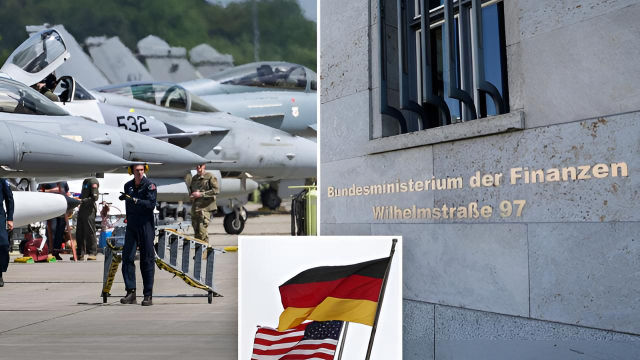How the West underestimated Russia’s military power
- WatchOut News

- Mar 15, 2018
- 3 min read
Updated: Jun 30, 2024
Focusing on shortcomings in equipment made Western military analysts underestimated Moscow’s military capacity.
Russia’s military reforms have been misunderstood and its capabilities underestimated by the United States and Europe. That’s the conclusion of a new report by the European Council on Foreign Relations (ECFR).
The Russian military’s tactical and operational weaknesses became most blatantly apparent to the Kremlin during the 2008 Russo-Georgian War, when the U.S.-trained Georgian forces proved a much more agile and motivated adversary than expected.
As a consequence, Russia initiated the most far-reaching military (the “new look”) reforms since the 1930s divided up into three distinct phases, according to the ECFR study:
First, increasing professionalism by overhauling the education of personnel and cutting the number of conscripts.
Second, improving combat-readiness with a streamlined command structure and additional training exercises.
Third, rearming and updating equipment.
The United States and Europe primarily focused on the third and still mostly incomplete aspect of these reforms, neglecting the substantial progress that was made in the first and second phases.
Almost unnoticed by observers, the Russian military addressed one of the biggest organizational weaknesses dating back to the Soviet and Czarist eras and introduced a new professionally trained non-commissioned officers (NCOs) corps dissolving the existing warrant officers system.
“For the first time, the Russian army had a pyramid structure, with few decision-makers at the top and more officers servicing the troops,” the study reads. Furthermore, officer salaries were increased five-fold and more modern management methods introduced.
These reforms also resulted in substantial savings which were used to increase the percentage of professional soldiers within the Russian Armed Forces:
This allowed the troops to use more high-tech equipment (conscripts serve too short a period to be effectively trained on complex weapons systems) and increased the combat-readiness of elite forces (paratroopers, naval infantry, and special forces).
The military education system was also reformed – partially based on the systems of Switzerland and Austria—with the aim of introducing “state of-the-art (Western) leadership techniques.” Moreover, new uniforms and personal equipment were introduced boosting overall moral and confidence.
The second part of the reforms dealt with streamlining command structures and re-organizing the Russian Armed Forces into smaller more agile units by reducing the nominal size of the military by 43 percent—out of 23 old divisions 40 “new look” brigades were formed.
The old Soviet-era practice of mobilization—calling up reservists to achieve combat strengths—was abolished and unnecessary administrative commands scrapped. “The [new] military districts were transformed into joint forces commands, and their number was reduced. This cut the levels of hierarchy as the military districts now have access to all land, air, and naval forces in their zone,” according to the ECFR paper.
Furthermore, the number of military drills was substantially increased and large-scale “snatch exercises” conducted continuously, testing the combat-readiness of airborne units and “new look” brigades. (New units should be able to deploy within 24 hours.)
“While such high readiness levels have not yet been achieved, one has to bear in mind that before the reforms some Russian divisions needed about a year of preparation before deploying to Chechnya,” the study notes.
The result of these reforms was that Russia was capable of maintaining a force of 40,000 and 150,000 men in full combat-ready formations along the Russian-Ukrainian border for months, while conducting military drills involving around 80,000 troops in other parts of the country.
The report does not note that the three phases of the grand military reform are far from complete—in particular the last phase dealing with the introduction of new equipment.
It is when analyzing the last phase that Western observes made the mistake of overemphasizing the difficulties of the Russian defense industry in delivering new military hardware and inferring a general failure of the reforms. “However, this is a misunderstanding of the nature of the reforms.
The initial stages were not designed to create a new army in terms of equipment, but to ensure that existing equipment was ready to use, and to make the organization that uses it more effective and professional,” according to the ECFR paper.
This led to Western military analysts underestimating Russian military capabilities and neglecting new operational concepts such as Russia’s unique approach of merging conventional with unconventional warfighting methods, among other things.
Discussing Vladimir Putin’s military adventure in Syria, the report notes that it does not “not draw on the core strengths of the armed forces, or on Moscow’s military vision.”
The report furthermore states that due to the limited logistical capabilities of the Russian military outside Europe and the post-Soviet periphery, operations –particularly those involving heavy Russian land platforms–would be fairly limited and cannot be sustained for a prolonged amount of time.


.png)




Comments